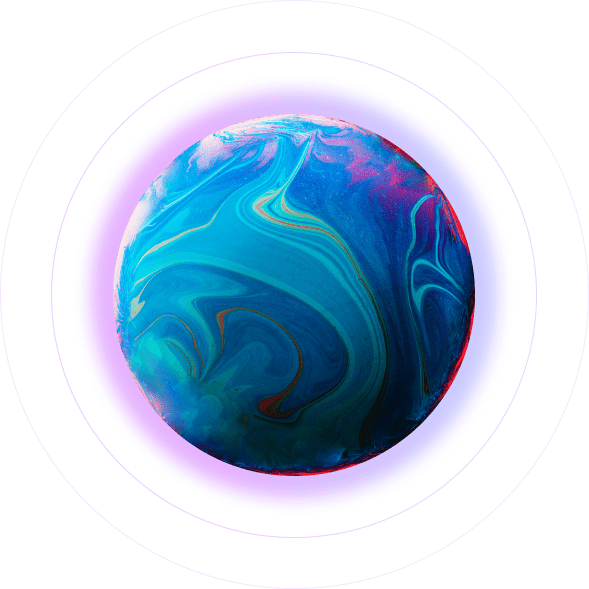How Web3 Is Reshaping the Future of Gaming
The Web3 gaming revolution is transforming interactive entertainment. By combining blockchain game development, NFT gaming and GameFi mechanics, developers are creating truly decentralized gaming experiences where players own assets, earn tokens and participate in evolving economies. In this article, we explore the key trends, technologies and design principles driving the shift to Web3 game development.
What Makes Web3 Different?
Web3 introduces blockchain technology, smart contracts, and token-based economies into the gaming space. This means players can now:
-
Truly own in-game assets (NFTs, characters, skins, land)
-
Trade assets freely, even outside the game
-
Participate in decentralized governance or decision-making
Unlike traditional games where everything stays locked within a platform, Web3 opens up new opportunities for interoperability and financial value.
Key Ways Web3 Is Changing Gaming
#1 Digital Ownership Becomes Real
For decades, players have invested time and money into games without true ownership. Web3 changes that by letting players own, trade, and even monetize their in-game assets. This not only adds value for players but also builds stronger loyalty and long-term engagement.
#2 Play-to-Earn and Beyond
Web3 has introduced new models like Play-to-Earn (P2E), where players are rewarded with tokens or NFTs for participation. While P2E models have evolved, they’ve opened the door to more flexible monetization and incentives like Play-and-Own or Create-to-Earn systems that reward creativity and contribution.
#3 Decentralized Economies
In Web3 games, players often influence the economy directly. Whether it’s through governance votes, market dynamics, or crafting systems, the community has more control. This creates a sense of co-ownership and transparency that traditional games lack.
#4 Community-Driven Development
Web3 enables tighter feedback loops and active player participation in development. Some games allow players to propose changes, vote on roadmaps, or contribute assets, which can result in more aligned products and passionate communities.
#5 Cross-Platform Interoperability
With blockchain as a foundation, assets can move between games or platforms, something that wasn’t possible before. This opens the door for metaverse-like experiences and ecosystem-level economies where players benefit across multiple titles.
Challenges & Best Practices
Onboarding Friction: Simplify wallet creation and token transactions with social logins and meta-transactions.
User Education: Integrate tutorials on crypto basics to lower the Web3 learning curve.
Scalability: Opt for layer-2 or sidechains to handle high TPS without exorbitant gas fees.
Regulatory Compliance: Monitor evolving laws around crypto, securities and digital ownership.
Final Thoughts
The future of interactive entertainment lies in crypto game development, where Web3 gaming, NFT gaming and GameFi merge to create immersive, player-driven universes. As a blockchain game development partner, Galaxy4Games helps studios navigate tokenomics, smart contracts and metaverse integration—bringing visionary games to life.
Ready to build your next Web3 game?
Contact our team of experts in Web3 game development and blockchain gaming services today.








